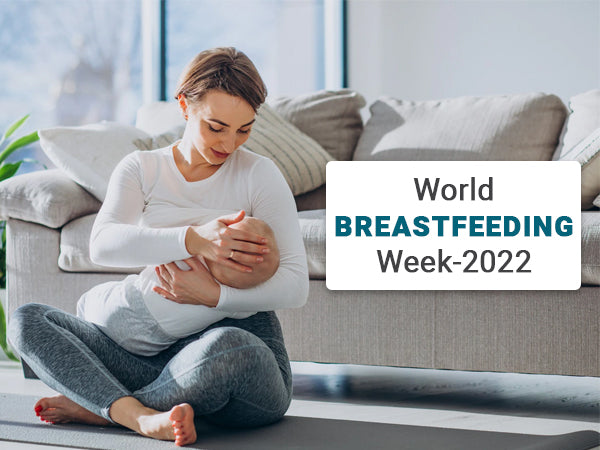
5 Breastfeeding Myths and Facts
There’s a lot of information available about breastfeeding. How can you distinguish between true and false so you can offer the very best to your baby?
Here are a few examples of some common myths about breastfeeding, followed by explanations for the purpose of clarifying the issue.
1. Myth: Breastfeeding is easy.
Fact: Babies are born with the reflex to look for their mother’s breast. However, many mothers need practical support with positioning their baby for breastfeeding and ensuring their baby is correctly attached to the breast. Breastfeeding takes time and practice for both mothers and babies. Breastfeeding is also time intensive, so mothers need space and support at home and work.
2. Myth: You can’t take any medication while breastfeeding.
Fact: It’s essential to inform your doctor that you are breastfeeding and read the instructions for any medicines you buy over the counter. It might be necessary to take medications at a specific time, within a particular dosage, or to take an alternative formulation. You should also tell the baby’s doctor about any medications that you’re taking.
3. Myth: You can’t breastfeed if the size and shape of your nipples are not perfect.
Fact: Every woman has differently sized and shaped breasts and nipples. There is no “perfect” breast for breastfeeding. The other factor to consider is that every baby is different. For example, the size of their mouth, lips and tongue, etc. The anatomic compatibility between mommy and baby is what makes for a better breastfeeding experience.
4. Myth: Breastfeeding always hurts.
Fact: Breastfeeding should rarely hurt. Your nipples may become sensitive when you start breastfeeding because of an increased hormone level after delivery and increased contact with your baby during feeding. Although nipple sensitivity is normal, nipple pain is not normal and should be evaluated by a lactation consultant to determine the cause. The most common cause of painful nipples is an incorrect latch or position and can be lessened with the help of a lactation professional.
5. Myth: Small breasts do not produce as much milk as large breasts.
Fact: Your breast’s size depends on the amount of fatty tissue it contains. It has nothing to do with the amount of milk you produce. Small and big-breasted women can make the amount of milk their baby needs as the glandular tissue in the breast produces the milk. The more you breastfeed, the more milk your breasts produce.
You can explore a wide range of nursing supplies only on smartmedicalbuyer.com







